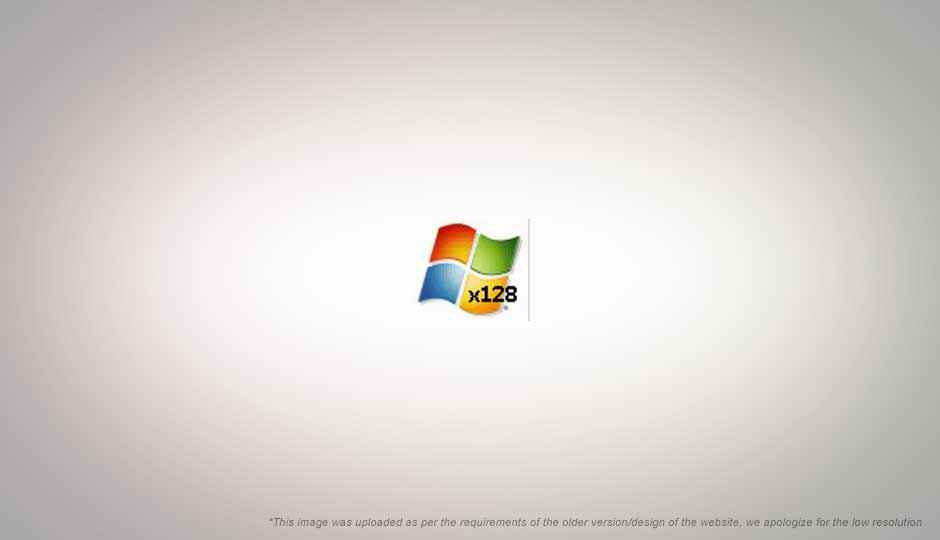A 128-bit Windows? No thanks, maybe later

Despite 64-bit personal computers being available for over five years, and nearly every computer today supporting 64-bit computing, when it comes to software, 32-bit is till hanging on strongly.
The 64-bit hype is now over, the dreams of double performance, and terabytes of memory have now collapsed into the reality we see: that for an average user, there are few applications which can actually take advantage of 64-bit, and few programs currently need to address more than 3GB of memory. Windows 7, coming out at a time when it is hard to find a 32-bit processor in the market, still offers a 32-bit version, although it may be the last in its line.
Every day we see more software ported to 64-bit, but unless they are rewritten taking the new architecture into account, they will likely suffer a degradation in performance, not an improvement.
Now it appears that Windows 8 might be built for both 64-bit and 128-bit computers! But will the world even be ready for 128-bit by the time Windows 8 comes out, probably some three years from now? It is unlikely.
One could find mathematical applications even today which could greatly benefit from even a 256-bit computer, yet as an architecture for Windows, it doesn’t make much sense. Even 64-bit processors and operating systems have been available for decades but they were confined to an esoteric audience.
The question then is, will the average Windows user even need applications which require 128-bit processors?
That’s 309485009821345068724781056 terabytes of RAM! And numbers as large as 170141183460469231731687303715884105728!
We may find this an unusually large number, but we only need to look back two decades, when a 100MB hard disk would have been a myth! For now, we haven’t even saturated the 16 million terrabytes promised by 64-bit architectures, or even the artificial 128GB RAM limit set by 64-bit versions of Windows Vista. The time will surely come, but it is not now.
It is more likely then that is about getting Windows ready for the eventual 128-bit shift, whether it is in the next seven years, or the next 17. As a means of getting ready for the eventual shift, this is a good plan indeed.
Most of the Windows code written today, will someday be a part of Windows 9 or 10, 11, or whichever it takes before we get 128-bit processors in the market. By already beginning to optimize the code for this future eventuality, we can be assured that when the 128-bit generation comes, Windows won’t be caught with its pants down!
